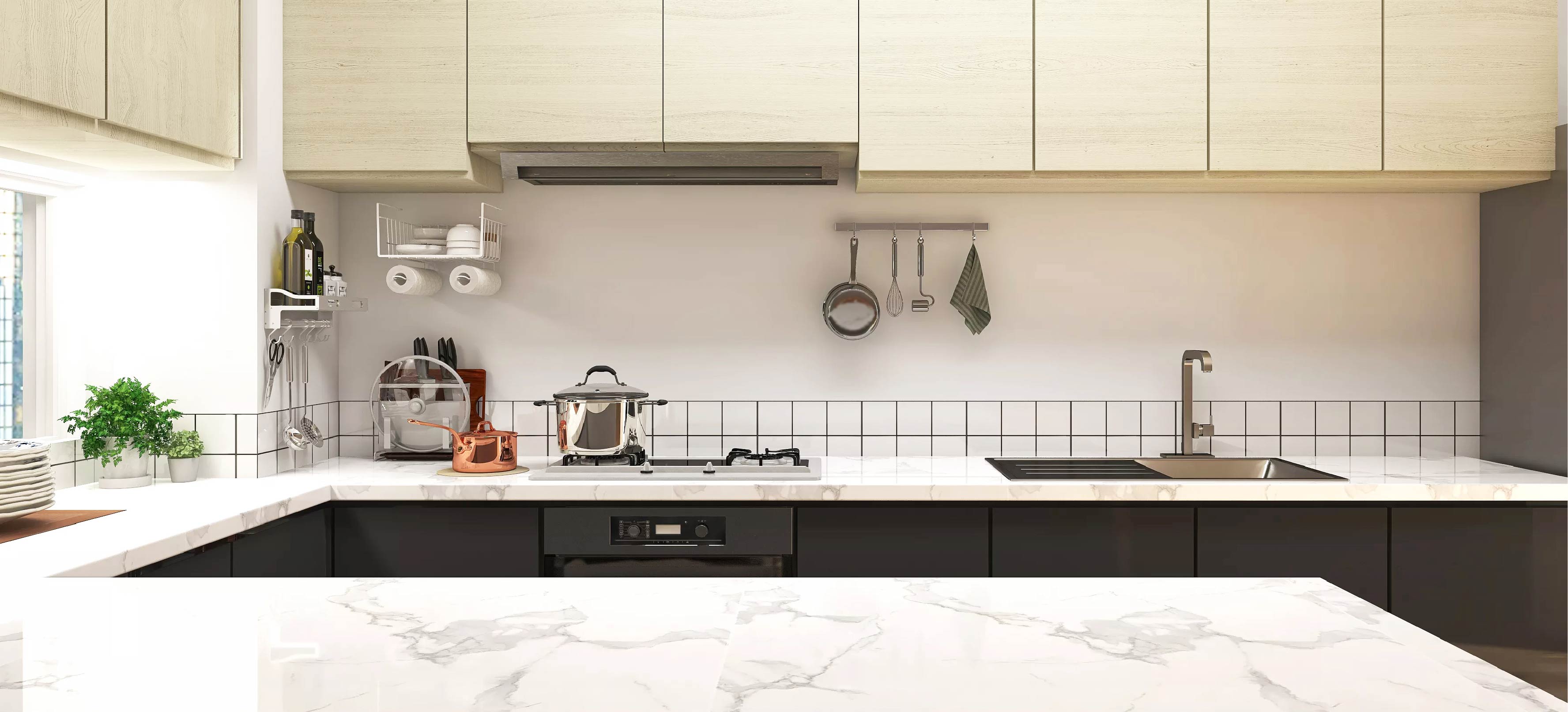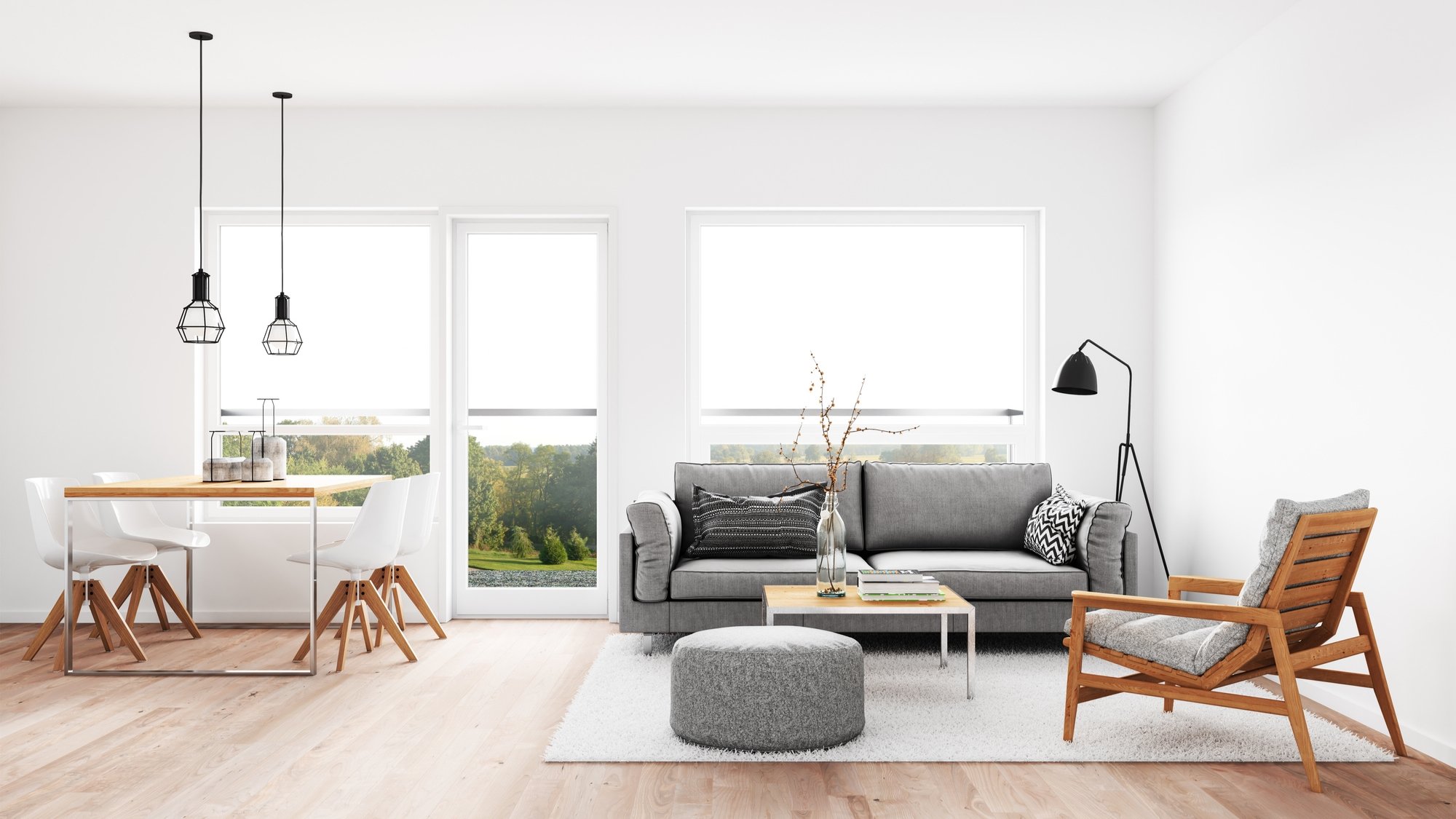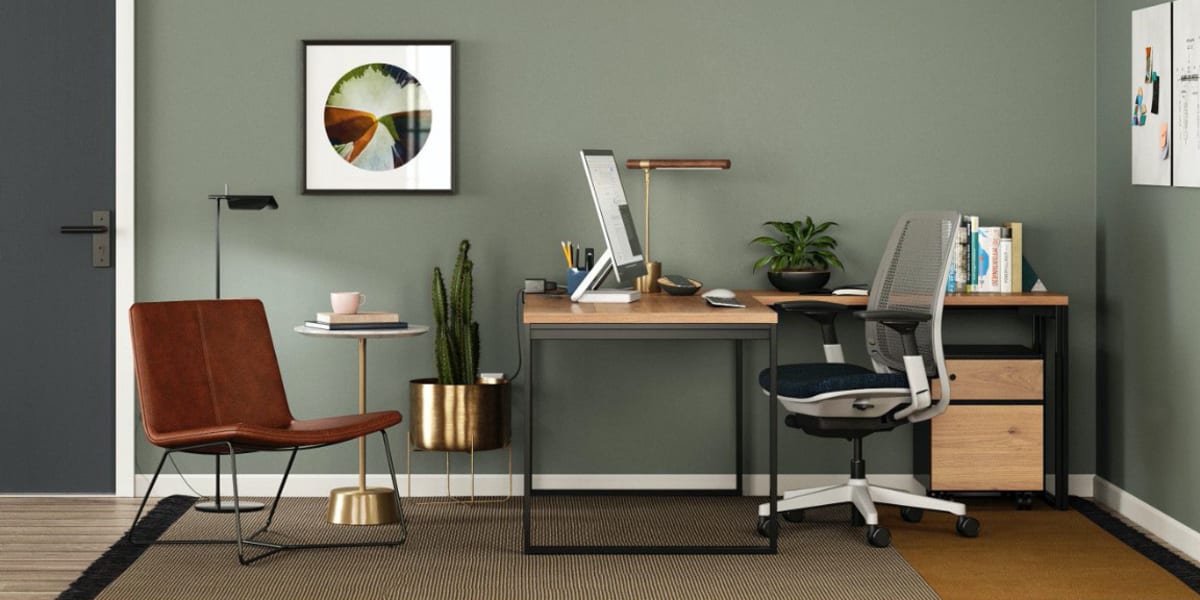Before delving into the world of home gardening, it’s essential to take stock of your available space and environmental conditions. Conduct a thorough assessment of factors such as sunlight exposure, soil quality, and climate patterns to determine the optimal location for your garden. Whether you have a sprawling backyard or a cozy balcony, understanding the unique characteristics of your space will guide your design decisions and ensure the success of your garden endeavors.
:strip_icc()/wood-deck-raised-gardens-6c73553c-9cd6ac30c3dc4cdf9d27373743caeff8.jpg)
Designing with Purpose: Establishing Goals and Themes
Every successful garden begins with a clear vision and purpose. Take time to reflect on your goals and aspirations for your garden, whether it’s creating a tranquil retreat for relaxation, growing fresh produce for culinary delights, or cultivating a vibrant habitat for pollinators and wildlife. Establishing a theme or concept for your garden, such as a cottage garden, a formal knot garden, or a tropical paradise, provides a framework for …







